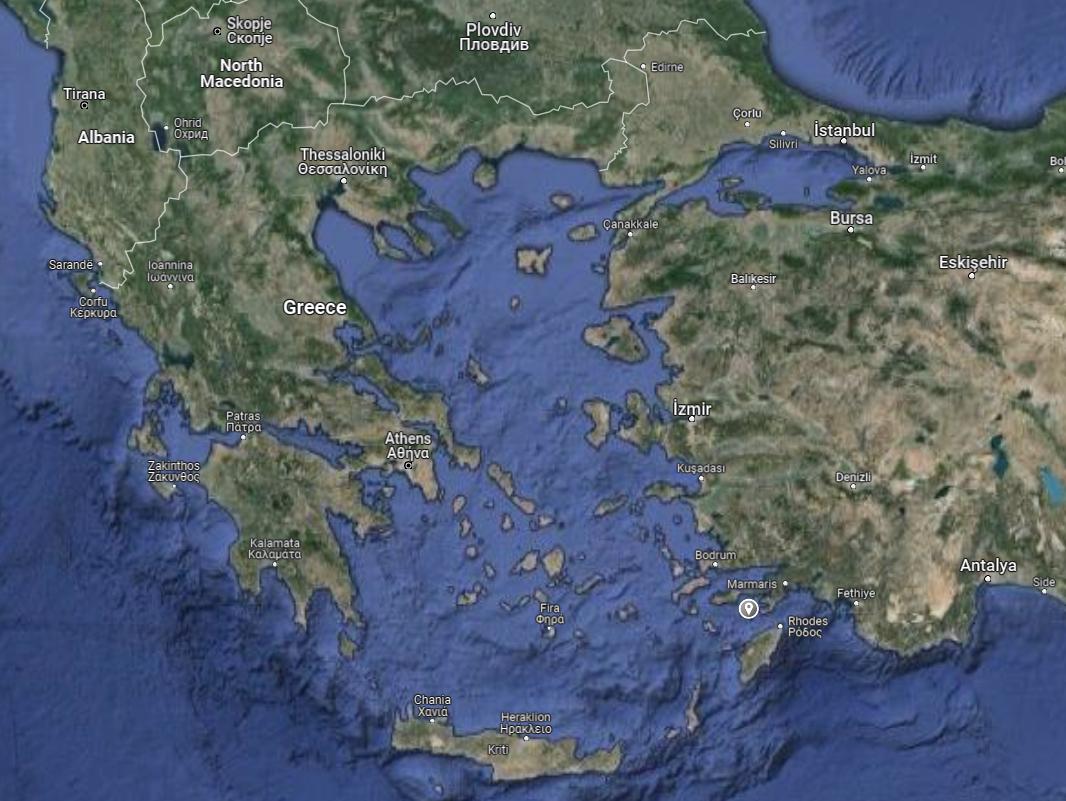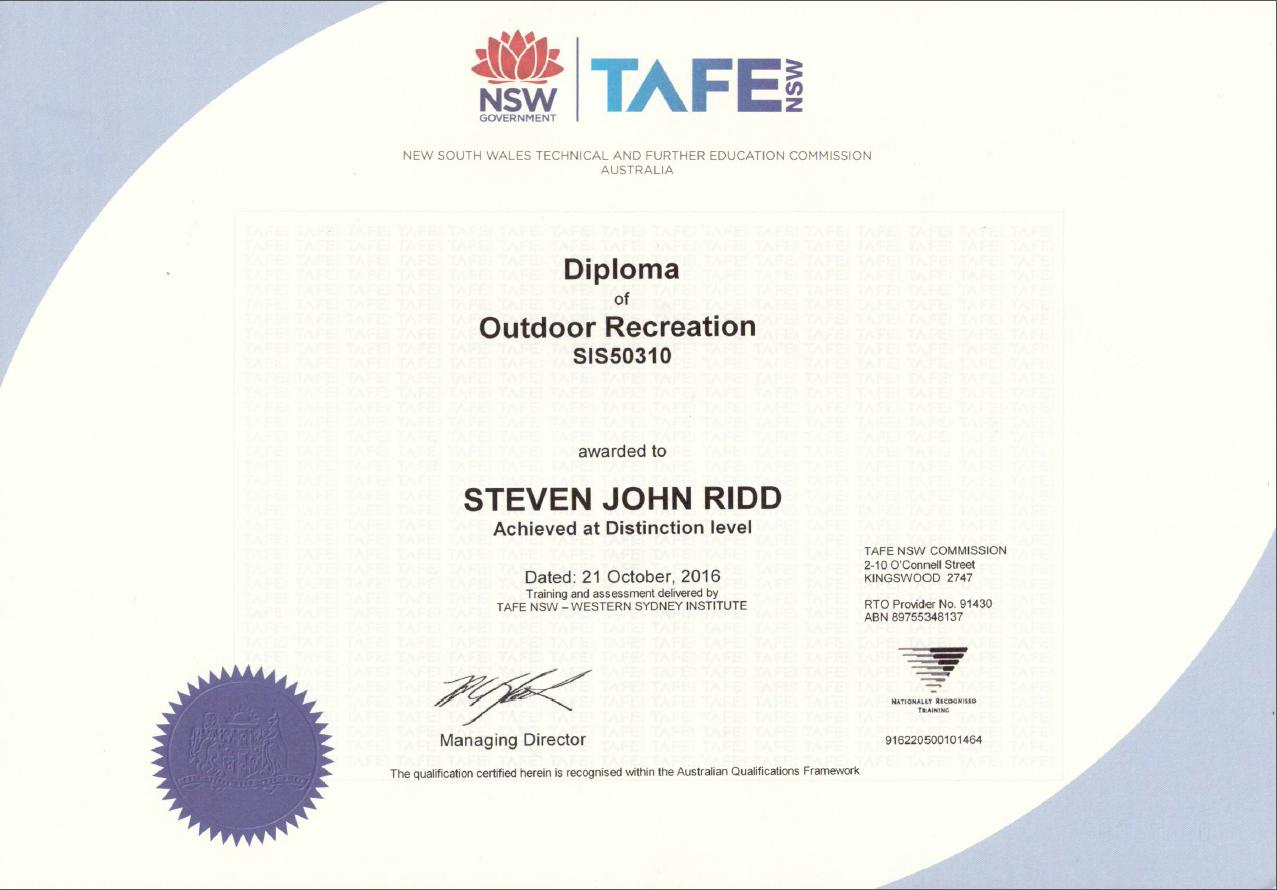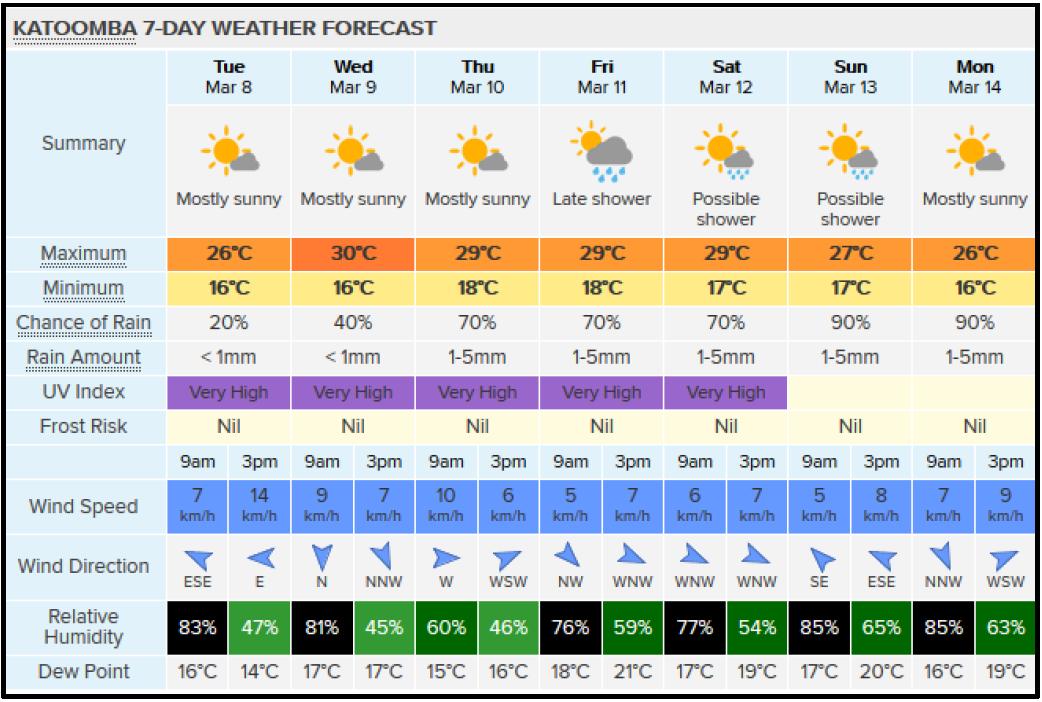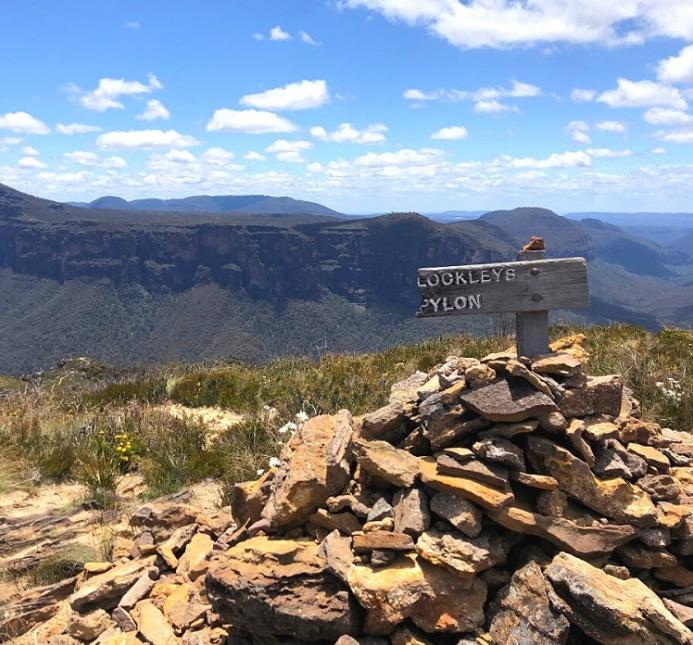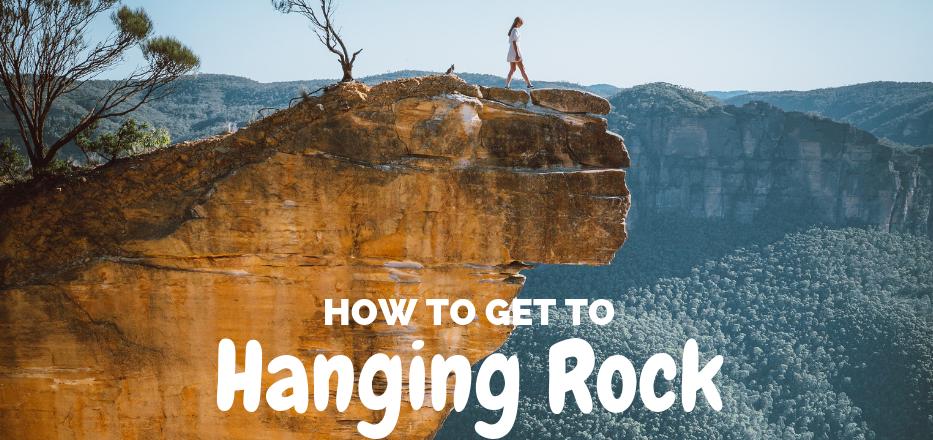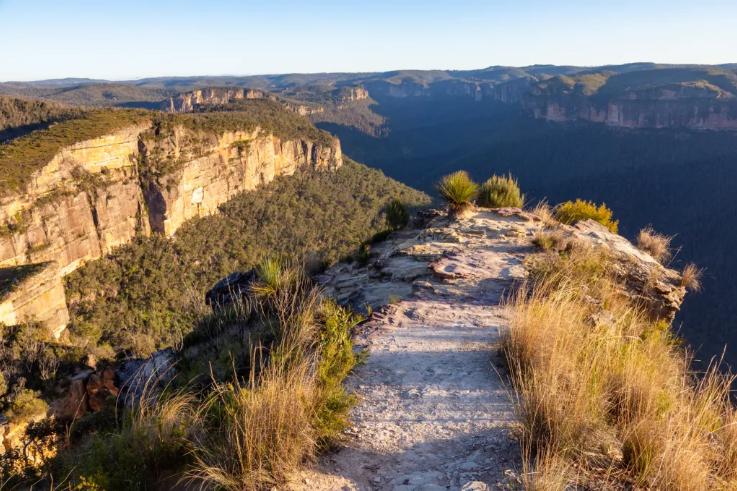Basic Hiking Needs lesson from Dr Mosley’s Heat Stroke Death for our Blue Mountains
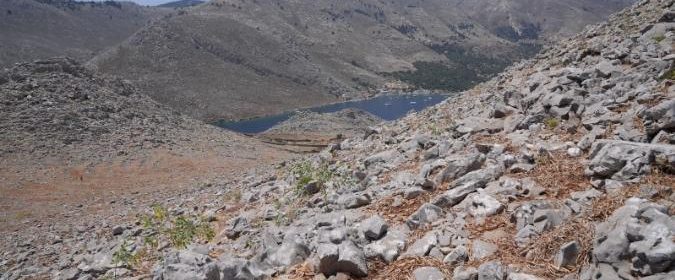
Dr Mosley’s Heat Stroke Lesson
Popular television medical presenter Dr Michael Mosley (67) on 5th June 2024 tragically succumbed to heat stroke whilst on holiday hiking solo over a rocky Greek Island ‘Symi‘.
We presume that he was an inexperienced hiker. The subject island geographically identified below appears rather closer to Turkey than to Greece, but whatever.
The timing was summer in direct sun over a hot reflective rocky surface right at the hottest part of the day in 50+ Celsius – that is in full midday sun on hot reflective rocky ground!
Nut job stuff!
‘Symi’ apparently is the eponym in Greek mythology for the nymph ‘Syme’. While other related literature suggests ‘Symi’ translates to meaning ‘monkey’. Who knows?
But seriously and pragmatically to ignore extremely hot temperature conditions and take off alone into an unfamiliar rocky desert landscape on foot with no preparation, planning or kit – is fraught with heightened hike risk.
Under such extreme heat exposure conditions this is life-threatening, as fate has shown.
Google records multiple images of Michael Mosley’s UK rain umbrella uselessly deployed in scorching 50 centigrade heat on Middle Eastern Symi..
So, then type “michael mosley umbrella” into Google Images and what do you get?
Well, one likely gets like what we did, the following non-descript brollie images of the same bloke holding a black rain umbrella…It could be anyone, but everyone knows it is some Englishman in heat.
It was ferociously hot lonely foot track.
Media images of Mosley before he ventured sole off across to the rocky desert across the island alone in a heat wave:
And don’t blame the ‘climate change’ cliché again, silly ones.
Can we learn from this tragedy in the Blue Mountains?
Actually, everyone should take heed, not just here in the Blue Mountains. Heat stroke’s a killer.
First Aid wise, it begins starts with symptoms of Heat Exhaustion, and then prolonged can rapidly deteriorate into Heat Stroke. But we are not medical experts.
Nature Trail prioritises safety before any other consideration like client ‘fun’?
Our tour policy prescribes that for the day of given trip with official forecast temperatures to be 30 Celsius or hotter, we automatically cancel that trip, in advance we immediately notify our client tour guest and all included guests as well, for the booked trip cancellation due to our concern for unacceptable health risks if the trip proceeded under such extreme risk conditions.
In such trip cancellation circumstances, Nature Trail in principle always fully reimburses all prepayments by booked tour guests. We have done so previously during the NSW Bushfire Emergency of 2019.
Heat Stroke can also happen during summer in the Blue Mountains, where direct sun temperatures can create 50+ Celsius temperatures at peak midday at certain exposed locations.
“Only mad dogs and Englishmen go out in the midday sun”?
~ Rudyard Kipling
This is a case to highlight the value and so focus on ‘basic needs’ relevant to such outdoor activities – the fundamental support and resources people need to survive.
One feels that Mosley would want his medical demise to be a lesson for us all. After all, famously, he has for decades become a champion advocating to millions of audiences by teaching to strive for better dietary health and fitness outcomes for all. So his tragic death is such a situational paradox. Letting one’s guard down on holidays – we’ve all done it. No-one’s perfect all the time.
We write this and we heed this because we recognise the extreme environmental conditions he was in – as reported.
Here, CCTV in the village shows he’s wearing sunglasses, a collared shirt, cap and under a brollie to his credit. But in hindsight foolish to hike:
- Timed at peak heat of the day
- In such extreme temperature (obtain a forecast? | seek informed local guidance?)
- Hiked alone
- Carried no phone (mobile reception on Symi?)
- Carried no water?
- Hiked ‘off-track’ (ill-defined rocky track)
- Providing no notification of his intended route, schedule, return ETA to loved ones?
Not in the balmy UK here, the strong Middle Eastern sun intensity and heat here in Greece (Turkey) is so extreme that he felt he needed to resort his UK rain brollie, but then kept walking into the pizza oven landscape up over an isolated rocky hill and back?
Silly shrivelled monkey!
SOURCE: https://www.dailymail.co.uk/news/article-13514419/dr-michael-mosley-cause-death-police.html
Others seeking answers have re-enacted his hiking route an videoed online – such was the global extent of Michael’s outreach of followers, in shock of his tragic hiking death.
Perhaps we are too seeking answers by writing this article.
We gain no benefit from this reviewing this story. We seek to learn from mishaps of others and from ourselves involved in trips in the risky great outdoors, by reporting such and by trying to analyse the causation of such tragedies in an effort to educate others so as learn from and avoid a repeat.
We observe that few others in our touring craft seek to share such, disappointingly so.
We have experienced our own foolish accounts in our youth of exposure risk in the great outdoors – such as to Heat Stroke.
This is a time to learn from the wisdom of the risks of others, including from ourselves which we again impart. May be it takes till one’s older to choose to share such with others who may benefit.
Dr Mosley’s tragic demise must be awful for his family. His day hike was so unnecessary. He was on holidays (physically and in mindset) and decided to undertake an exploratory hike to an isolated beach on the other side of the island and back – for what interest?
There seems no reported trip prep (‘trip prognosis‘ – forecasting the likely outcome of a trip succeeding). His work mind was on ‘insouciant holiday‘?
The benefit of hindsight eh?
English novelist Rudyard Kipling (1865-1936) is renowned for his saying “Only mad dogs and Englishmen go out in the midday sun“.
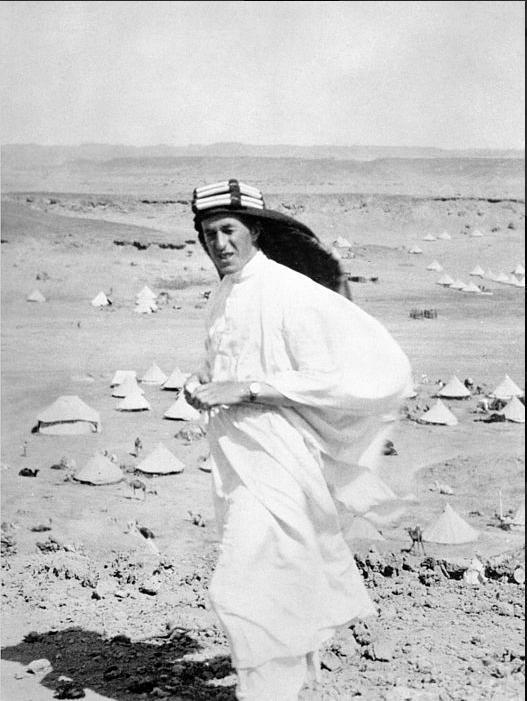
Desert dress sense: Oxford-trained archaeologist, Captain Thomas Edward Lawrence (of Arabia) of the British Military Intelligence. Here during WW1 in 1917 in Wejh just before he is to lead 500 Arabs on camels and horses to attack enemy Turks at Akaba in the Jordanian desert – where summer temperatures reach 50 Celsius.
Of course, back in England it is usually sensible for sun-deprived Whites to grab the rare gammas and Vitamin D boosts midday, where summer the temperatures typically peak at a balmy 23 Celsius.
Though, Kipling was born in Bombay in the extreme heat and humidity of then southern British colonial India and grew up in his formative years there. Kipling became mindful that Indian locals while watching their British overlords working, playing cricket and polo in the heat of midday – wisely considered such peak heat timing foolhardy, if not mad.
Cultural local wisdom prescribes ‘siesta’. They knew that, at midday, even dogs had sense enough to stay out of the sun, and that only mad (rabid) dogs ventured out of the shade. Hence the above saying.
An Abu Dhabi Heat Exposure Lesson
Our Tour Director, Steve recalls venturing a 24-hour stay-over in Abu Dhabi whilst flying Etihad enroute to Ireland back in mid-September 2010 and experiencing the outside desert air temperature of 50 Celsius briefly in direct sun.
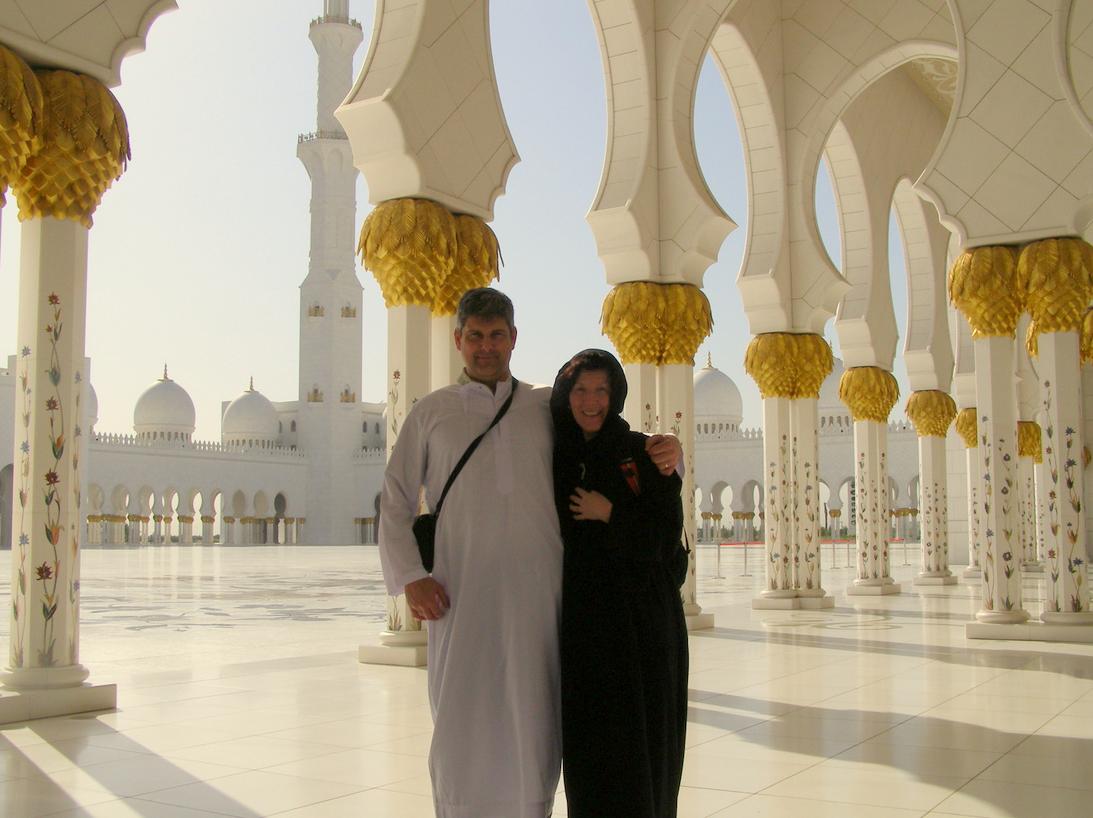
When in Rome dress as the Romans do. Same same when visiting the Muslim Middle East. We visited the Sheikh Zayed Grand Mosque outside on the outskirts of Abu Dhabi, we had no choice and were happy to obey the local Muslim dress custom – a smart dress sense. This was Steve with his wife in the shade of the mosque mid-September. The hottest months in the Middle East are July and August. Soon after that day, Steve’s wife in direct sun nearly fainted with heat stroke, but we had an excellent chauffeur as vital support. A lesson hard learned.
A Eucla Heat Exposure Lesson
Years prior in the peak of summer of 1984-85 in Australia, Steve (then 20) whilst a college student, chose the Christmas holiday break to travel by Greyhound from Melbourne to Broome and back for a short backpacking adventure.
Enroute he chose to disembark along the Nullabor Plain at the Eyre Highway’s remote roadstop at Eucla, just inside Western Australia, because it was the closest stop to access the Great Australian Bight.
It was January 1985 in peak summer, no clouds and bloody hot – perhaps 45 Celsius in direct sun. Young Steve on a mission to see the Great Australian Bight for the first time, upon disembarking the Greyhound bus from Melbourne, there and then, decided to walk from Eucla to the coastline past the colonial Telegraph Station and onward to the heritage Eucla Jetty.
But it was 6 km hike each way along a lonely hot gravel road under scorching sun at midday, and bloody borderline hot. Nullabor is Latin for ‘no trees’ (as in null + abor).
Steve had a hat and put on his blue Japara for the journey, to protect him from the extreme heat. It seemed unnatural at the time because it was a lined raincoat for winter, but it helped protect him from the hot sun and sunburn. But upon arrival even the sea was to too warm to cool down. He left his return walk to the cool of the later afternoon.
Hiking poses its risks due to the inherent nature of this outdoor activity exposed to the wild elements. The extent of risk comes down to one’s resilient health and hiking fitness;preparedness for the trip – planning, suitable clothing and kit contents; the group leadership standard; and the support backup reliability in case of an emergency.
But beyond all the above, the ultimate life-saving decision is to know, respect and act to safely suit the prevailing environmental conditions.
Professionally, if in doubt about the riskiness, cancelling a trip is the best practice option for all concerned.
This lesson is what Steve (now 60), our Tour Director, has learned from experience in flying helicopters commercially. If in doubt, cancel the trip, refund the customers, and happily cop their flack at base, wisely knowing all got to live and fly another day.
In the Blue Mountains here, we typically cop extremes of temperature over our varying seasons between summer heat waves and winter freezes with snow.
A TAFE Heat Exhaustion Lesson
Steve has been hiking since he was 14 years old, recalling his first major trip back in 1978 up Cradle Mountain in Tasmania with his school.
In preparation for establishing his tour business he gained various related certifications. In 2013, he completed a Certificate IV in Guiding through TAFE’s Sydney Institute in Ultimo, in 2014 a Certificate III in Outdoor Recreation at Blue Mountains TAFE in 2014 and in 2016 a Diploma in Outdoor Recreation also at Blue Mountains TAFE.
However, in that last course, Steven recalls the course was designed to teach group field leadership in outdoor recreation, however it was problematic by being grossly mishandled by the delegated TAFE instructor, Adam D, we shall call him.
Most notably, three particular high-risk yet completely avoidable episodes during an instructor-scheduled two-day group trek traversing the Gross Valley March 7 and 8, 2016 in searing heat (forecast max 36 Celsius). Steve prepared a detailed Trip Plan well in advance, entitling it ‘Airfield-Acacia Flat-Pinnacles 2 Day Trek’. It was a one-way trek requiring a car shuffle.
This included the following weather forecast before the trip:
Problem 1
The student group was allowed to run late departing the Wentworth Falls base at 10am (instead of scheduled 8am). Instead iof immediately heading off from the start on Old Point Pilcher Walking Track (Medlow Airfield) toward camp down at Acacia Flat, many hours were wasted by Adam sitting and chatting with the group about hiking kit, hiking theory and Q&A. This chat could have been done in class at another time. The teaching was so haphazard.
Adam required each of us to fully empty of packs in the field, this despite the risk of heat impacting fresh food Steve had prepared for the first meal – lunch. Day 1 Lunch ended up being skipped and the group headed off hiking at around 2pm – at the peak of the heat of the day in about 30 Celsius.
The hike route chosen by Adam involved traversing a toe-hold cliff edge section of this old unmaintained track close to the junction with Grand Canyon Walking Track. It had exposure of about a 10 metre fall. This despite all of us carrying large backpacks each weighing up to 15 kg. The risk of fall was high and the consequences would have been deadly. Adam’s choice was highly reckless and set a poor example of risk management in trip planning.
Problem 2
Due to the extensive unnecessary delays imposed by Adam, our group didn’t reach camp at Acacia Flat until after dark. As a consequence, one of our group, Kate, set up camp unbeknown on a bull-ant nest and she got very badly bitten. Steve recalls giving her his Stingose bite and sting gel out of his first aid kit, saying “keep it”.
Had Kate developed a severe allergic reaction or even anaphylaxis, the consequences would have been life-threatening for Kate.
Problem 3
Most relevant to this article’s focus on the risks of heat stroke while hiking, before the hike out climb, again instructor Adam wasted hours in the morning at camp chatting to the group about hiking theory, such as water crossings. Our water crossing over Govetts Creek was just 2m across and shallow below the knee, but manageable by rock hopping, so a no brainer.
The problem was that Adam had delayed breaking camp, then pondering in the Blue Gum Forest before starting the steep exposed scramble up to Lockleys Pylon up Shortridge Pass track until after lunch. With the sun on our backs and the heat reflected by the rocky surface, the temperature soared into the mid 30s Celsius with high humidity.
Amongst seasoned hikers, this track is notoriously hot in the early afternoon because the escarpment aspect faces due west into the sun, the surface is rocky with little shade respite enroute. At around 900m elevation the ultraviolet radiation can be extreme. So it presents a known extreme risk to heat exhaustion and heat stroke ascending in high heat in the early afternoon. This timing was that of Adam. Steve is adamant that the timing was a deliberate, yet reckless, ‘boot camp’ test of Adam’s student hiking group participants.
Steve drank his water profusely on the climb, gradually falling back from the group and complaining of the pace and the extreme heat and lack of shade. He took regular short breaks in what meagre shade he could find on the track. He developed muscular cramps in multiple muscles in both legs as his salt levels dwindled. It was the first stage of heat heat exhaustion.
Steve subsequently lodged a formal complaint against Adam D. and against Wentworth Falls TAFE for its poor delivery/non-delivery of the listed course curriculum submitted to TAFE’s then Acting Head Teacher, Outdoor Recreation, Greg Bull.
It was ignored.
So, it was not surprising the learn six years later about one of its student’s fatal abseiling fall at the hands of the same Wentworth Falls TAFE Outdoor Recreation department.
Post-Bushfire Heat Stroke Lesson
In the heat of summer in late January 2020 following the aftermath of the cataclysmic mega-wildfires that were allowed by the NSW Governments Parks Service and RFS to incinerate 80% of the precious Blue Mountains World Heritage Area; a barren treeless landscape was all that was left for years.
An experienced but unprepared trekker Mattia Fiaschini (24) visiting Australia from Italy died at the time from heat stroke while hiking solo in unfamiliar wild country along the top of the Grose Valley escarpment top in fierce direct sun near the Baltzer Lookout east of Blackheath. He had set off to do a day hike alone.
Fiaschini was last seen on January 29 leaving Blackheath train station.
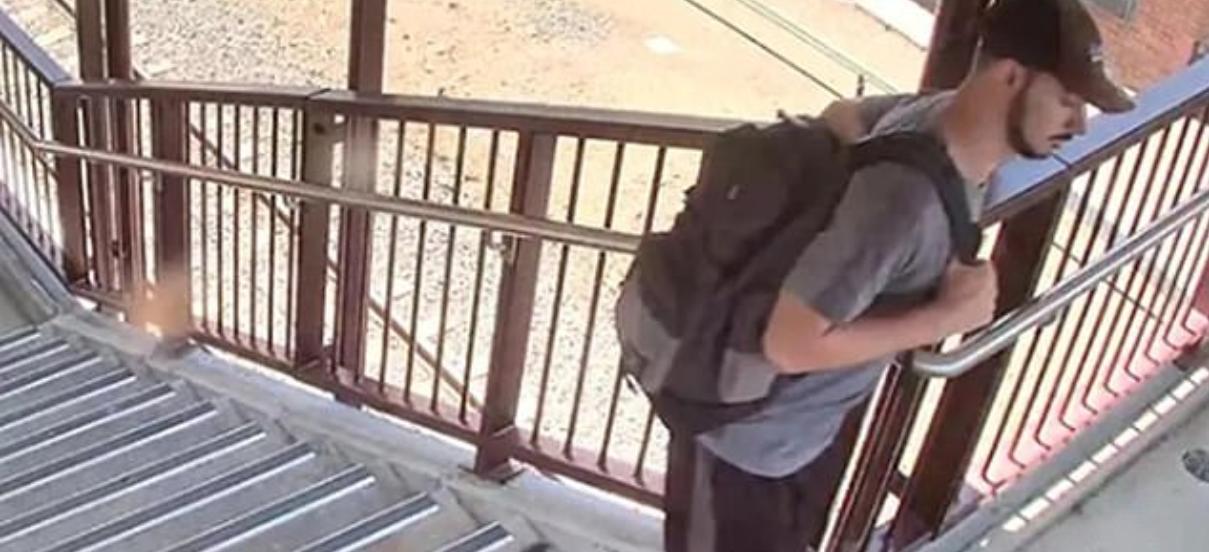
CCTV Footage: Fiaschini walking from Blackheath railway station on Wednesday 29th January 2020 – neck exposed, small 30L day pack. But Wx forecast pre-checked?, kit?, 2L drinking water?, food?, topo map?, sunscreen?, first aid kit?, headtorch?, mobile phone charged?, mobile reception at Baltzer Lookout?, PLB (what’s that?), route ETA notice lodged with a mate?, bivvy? Probably none of the above.
The Grose Valley megafire (actually the Parks Service backburn where he went) had ruined the landscape and hiking tracks, so likely a cause for Fiaschini to become lost in severe heat conditions with no shade relief.
He was likely oblivious to the incinerated moonscape that awaited him. Whereas this would have been the luring image found on the Internet of where he was heading – notorious Hanging Rock (comparable with notorious Lincoln Rock).
Hanging Rock is about a 7 km hike (about 2 hours) each way from the Blackheath the railway station along a gravel road. A mountain bike is preferable, but not advertised. Temperatures would have been in the mid to high 30s Celsius in late January and with the vegetation all burnt by the Parks Services by deliberate backburn, the road hike there and back would have been in direct hot sun and extreme UV radiation.
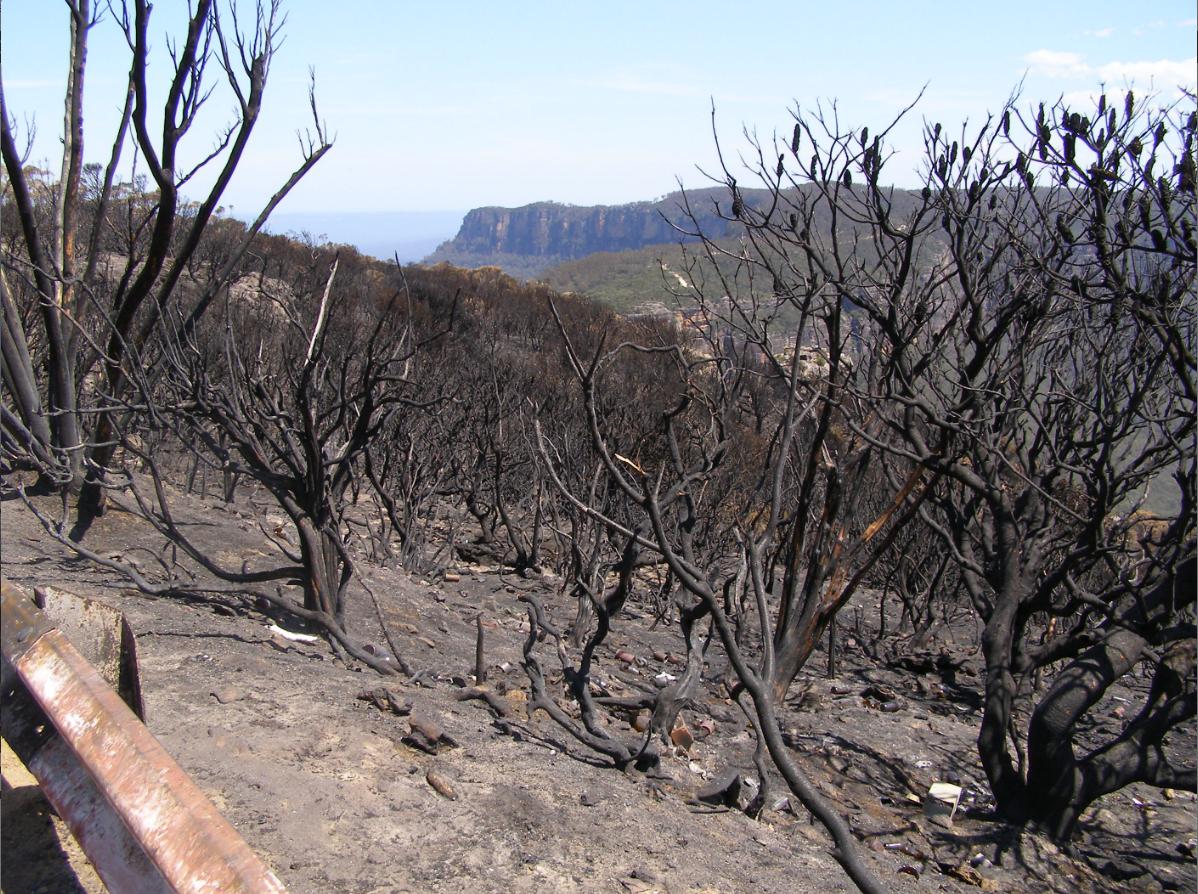
The incinerated moonscape deliberately lit by the Parks Service as a backburn that would have greeted Fiaschini in soaring temperatures with no shade.
Presumably, based on the CCTV footage, Fiaschini had a lack of sun protection for the conditions at the time. So he would have likely become severely sunburned on the back of his neck and forearms. If he had carried insufficient drinking water (or none), it’s also likely he would have suffered dehydration even before he arrived at Hanging Rock, and in such extreme heat in direct hot sun this would have onset the first stage of heat exhaustion.
The first signs and symptoms of the medical condition termed Heat Exhaustion are
- Thirst
- Muscle cramps
- Heavy sweating
- Cool, moist skin with goose bumps
- Faintness
- Dizziness
- Fatigue
- Weak, rapid pulse
- Low blood pressure upon standing
Persistent exposure to such extreme heat can progress to Heat Stroke, with more life threatening signs and symptoms – profuse sweating, then hot, dry skin when the sweat runs out, confusion, altered mental status, then loss of consciousness, coma and ultimately cardiac arrest and death.
Fiaschini’s body was tragically found by a search party at 2:30pm on Sunday 2nd February 2020 near Baltzer Lookout (next to Hanging Rock) by a mixed search party (typically in te Blue Mountains comprising Police and volunteer SES, RFS, local bushwalkers).
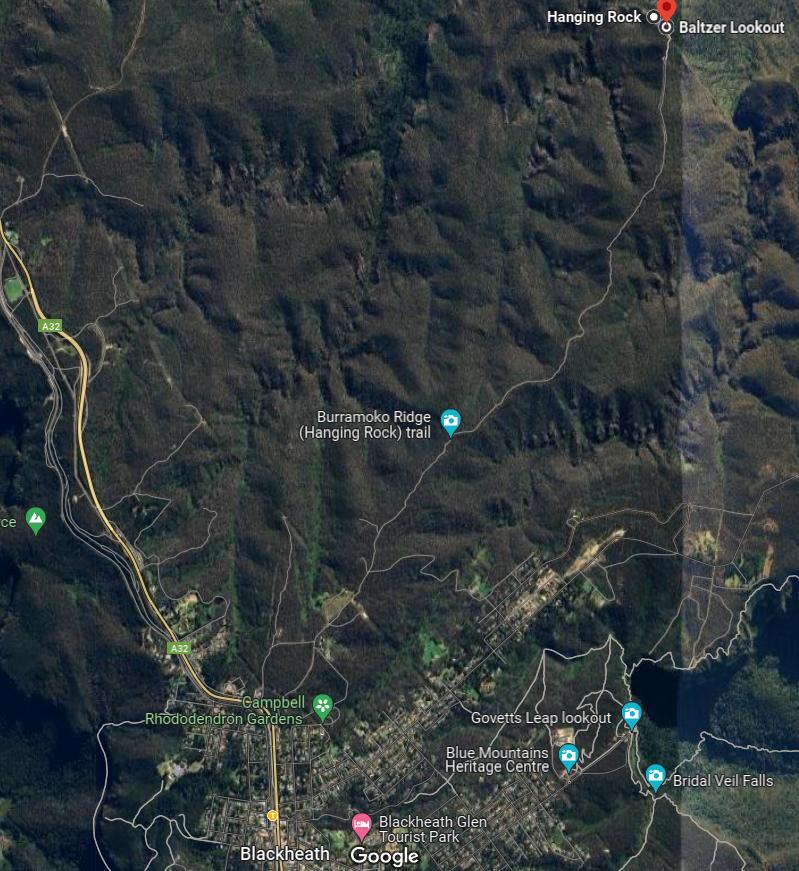
Baltzer Lookout and Hanging Rock are situated at the eastern end of the extension of Ridgewell Road (well beyond the locked gate) along Burramoko Fire Trail on the eastern edge of the Grose Valley clifftop escarpment. The distance is a fairly direct 7km hike from Blackheath railway station.
But what does the media finish their article with? “A report will be prepared for the coroner” – which is about as instructive as stating “there will be a funeral service”.
Yet, what the ignorant media did not report was the weather conditions and the timeframe. The outdoor recreation trade/profession do not share such reported stories, so the ‘industry’ and those participating continued to fail to learn from the mistakes of others, such as Fiaschini.
Fiaschini had set out on a one-day solo hike to Hanging Rock and back. Why did he not take a mate for hiking safety? He was a bullet-proof fit young person?
May be he had a smartphone and some map app on it. But what of smartphone reception at Hanging Rock? Had he phoned Parks Service at Blackheath would the customer service lady even know? When was the last time she was hiking around Hanging Rock, if ever? Does Parks Service even have a map of mobile reception across its World Heritage area of responsibility?
What time had Fiaschini left Blackheath railway station? The media did not report this despite publicising the CCTV footage.
Typically, day trippers from Sydney do their normal morning routine – rise around 7am, have breakfast and then get to Central Station to take a train to the Upper Mountains which takes just over 2 hours to Blackheath in this case. So let’s presume Fiaschini walked from Blackheath railway station around noon, but chose to buy no drinks or food from the local IGA or Deli, etc.
His hike from the station to Hanging Rock is relative flat along the Burramoko ridge top to the Grose Valley escarpment top, so over 7km, it is likely he arrived at the Hanging Rock precinct at around 2pm. This is the hottest time of the day.
Probably the Parks Service after its backburn, failed to post signage warning hikers and abseilers of the changed landscape and the hazardous nature of the area in extreme heat conditions.
So what happened next after Fiaschini got to see his destination?
Well, no-one knows except the search party, the police, coroner and his next of kin. And they all keep it secret. There is no compunction to have an inquest if the circumstances of death are not suspicious. Also, not all inquest findings are made public. So it just becomes yet another tragic death (usually documented as “by misadventure”) and every one forgets.
Then it happens again to someone else down the track.
Some analysis by hindsight…
Fiaschini’s body was reported as being found near Hanging Rock… “His body was found at 2.30pm on Sunday near Baltzer Lookout by a search party”.
This means he got there but there seems he made no attempt to walk back along Burramoko Fire Trail to Ridgewell Road toward the railway station. The CCTV footage shows he had a small day pack that appeared to be less than half full – so likely no overnight provisioning. Did he succumb to heat exhaustion/heat stroke within hours in the extreme heat of the afternoon that same day – the Wednesday 29th January?
Probably. He could have fainted in the sun out at Baltzer Lookout.
He failed to turn up for work at the Alexandria cafe the next day on the Thursday.
Did he try to seek shade from the sun – probably a sensible move.
His body wasn’t found until four days later on the Sunday at Baltzer Lookout. This indicates that probably no-one else was out where he was for the five days Wednesday to Sunday.
There is a lack of hiking tracks in this location – only the Ridgewell Road/Burramoko Fire Trail access and the track between Balzter Lookout and Handing Rock. The precinct is popular with rock climbers and abseilers alike, so there are a number of rough narrow and worn foot tracks that go in multiple local directions to a few selected climbs, but no hiking tracks down the escarpment and none along the top of the plateau to connect with any other track network. Plus the January backburn would have obliterated many of these.
So Fiaschini’s cause of death remains vague in the minds of the hiking fraternity, the Blue Mountains community and the general public. No lessons learned from another fatal outdoor recreation tragedy, yet again. It was avoidable.
At Nature Trail, our policy is to cancel a hiking or trekking trip if the activity area’s conditions forecast is for maximum temperatures to be 30 Celsius or above.
References:
[1] ‘Backpacker’s chilling messages to father before bushwalking death‘, 2020-02-03, by CLAUDIA POPOSKI Australian Associated Press and Daily Mail Australia, ^https://www.dailymail.co.uk/news/article-7960307/NSW-Italian-backpacker-sent-text-father-just-hours-body-bushland.html
[2] ‘Michael Mosley (broadcaster)‘, Wikipedia, ^https://en.wikipedia.org/wiki/Michael_Mosley_(broadcaster)
[3] ‘Michael Mosley‘, ^https://michaelmosley.co.uk/
[4] ‘Heatstroke‘, by Health Direct, Department of Health and Aged Care, the Australian Government, ^https://www.healthdirect.gov.au/heatstroke
[5] ‘Heat Exhaustion and Heat Stroke‘, ^https://zionnationalpark.net/recognizing-preventing-heat-stroke-hiking/
[6] ‘A Close Call with Heat Exhaustion‘, 2014-07-01, by Philip Werner, ^https://sectionhiker.com/a-close-call-with-heat-exhaustion/
[7] ‘Strategies for Hiking in the Heat‘, by Rowan (Personal Trainer), Summit Strength, ^https://www.summitstrength.com.au/blog/strategies-for-hiking-in-the-heat
[8] ‘Allergic Reactions to Bites and Stings‘, by the Australasian Society of Clinical immunology and Allergy, ^https://www.allergy.org.au/patients/insect-allergy-bites-and-stings/allergic-reactions-to-bites-and-stings?highlight=WyJ0byJd#:~:text=Anaphylaxis%20to%20biting%20insects%20is,become%20less%20severe%20with%20time.

